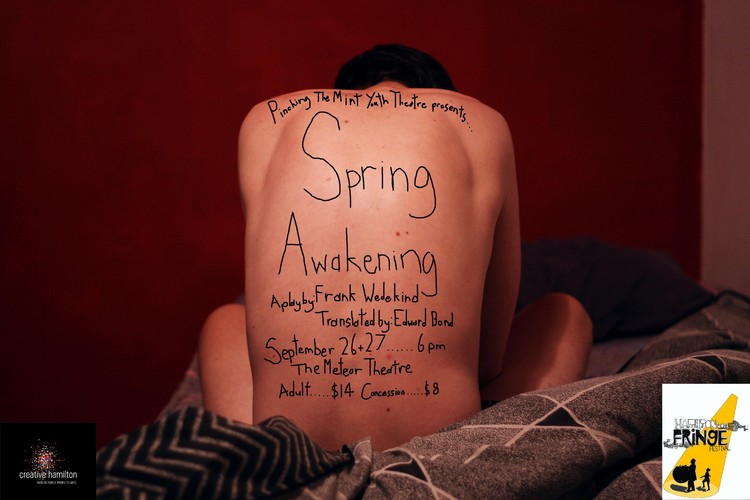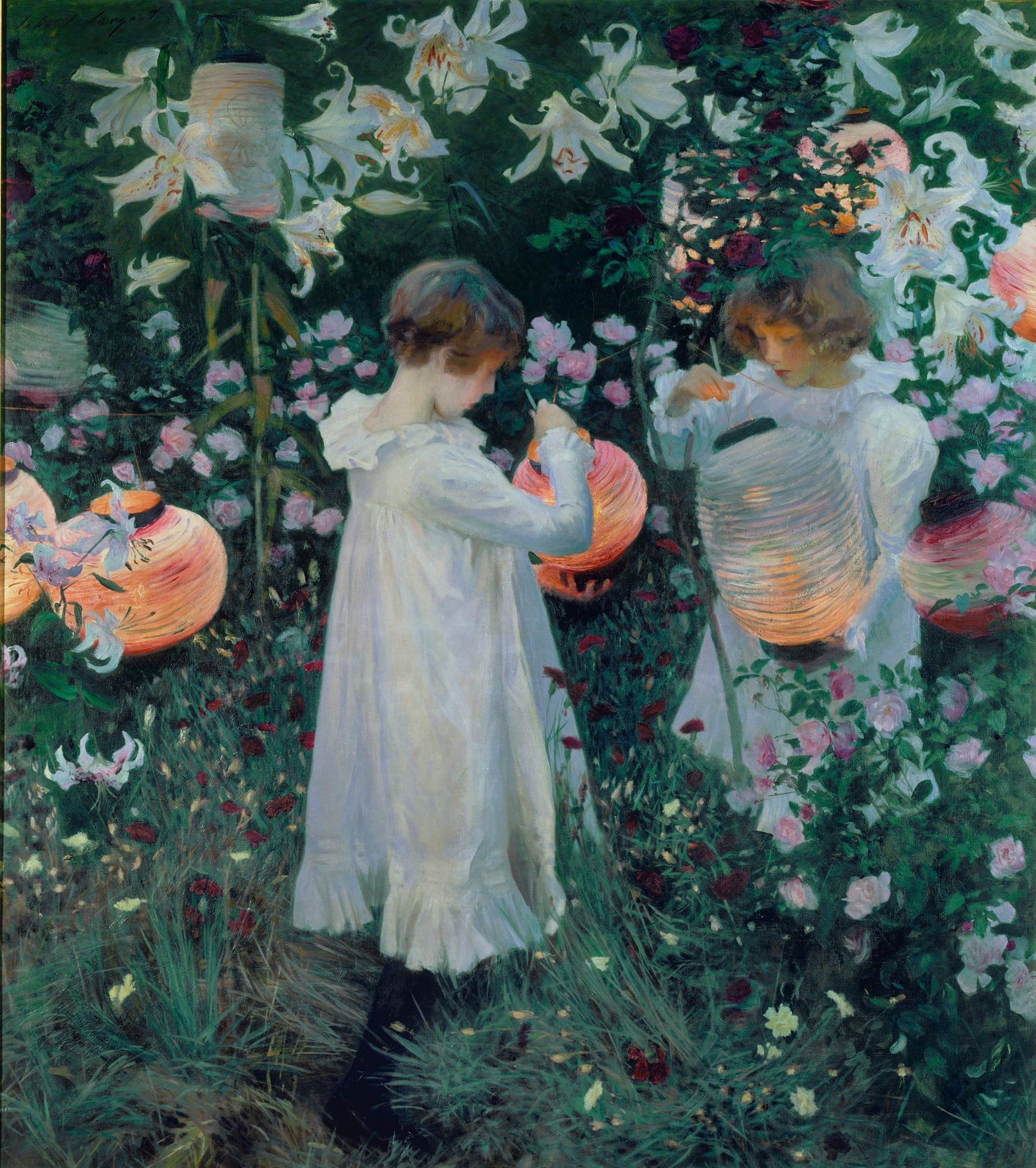Authority is the power or right to give orders, make decisions, and enforce obedience. Authoritarians have giant responsibilities due to the power or control they have in their respective particular areas. The areas in which there is an authority is boundless. If one looks around the world we live in, whether it is in politics, education, family structures, working environments, sporting teams, societies, clubs, etc., it is clearly evident that authorities play a large role. It is a great debate what makes one a great authority, and if there is a set system or solution of how to be the ideal authority.
After reading Spring Awakening, by Frank Wedekind, an underlying theme which struck me instantly was the difficulties and problems with authoritarian figures. Wedekind clearly went out of his way to satirize the different types of authority figures in his play.
Mrs. Bergmann, Mrs. Gabor, Martha’s parents, Ilse’s parents, Pastor Skinnytum, and the teachers, all have one common similarity: substandard leadership. Wedekind utilizes each character to show their different inadequacies.
With such a wide range of different authoritarians, and their blatant ill advised methods of ruling, it is obvious that Wedekind must have found the rulers of his time significantly frustrating; all the figures that show any sense of leadership prove to be misrepresenting their role by the end of the novel.
Wedekind’s dissatisfaction with the leaders of his time are completely relatable. To me it seems as if throughout the world, leaders are making complete fools of themselves. Nowadays, politics has turned into a giant game, and power is the reward for winning it. Ruling should not be about winners and losers, but rather, it should be about creating a fair and useful governance. Wedekind was clearly way ahead of his time predicting the horrible, and disastrous leaders that would affect the world in the coming years. Even nowadays, I feel as though Wedekind’s critiques still strongly apply. Whether we are talking about the totalitarian government in North Korea, or the unstable regime ruling Syria, this world is filled with incompetent authorities. Even in the country we live in, there seems to be a lack of leadership and ruling. Instead of worrying about the degree of power people should have or use, we should be worrying about the actual people that are filling these positions of power and if their system of ruling will have positive or negative impacts.
Obviously, authorities have huge impacts on the world, and the generations to come. It is time that we take a step back and take authority for what it truly is. Let us not be involved in the frivolous game that our current leaders play, and rather, let us look for genuine, practical authorities which will give beneficial guidance and assistance.
Believing in moderate leadership by authorities, openness to information and change, greater compassion, and more meaning to life, Wedekind felt he discovered just a few key components for better authority, and hopefully a better world to live in.
























 any criticized the “shockingly wanton shoulder strap allowed to fall suggestively loose” and the “powder-blue pallor of her skin”.
any criticized the “shockingly wanton shoulder strap allowed to fall suggestively loose” and the “powder-blue pallor of her skin”.


Recent Comments